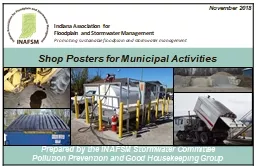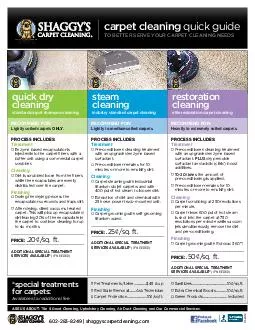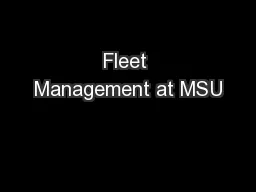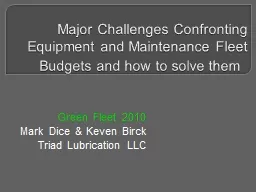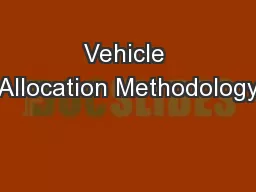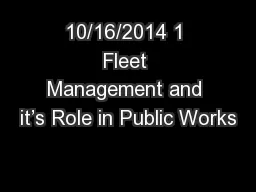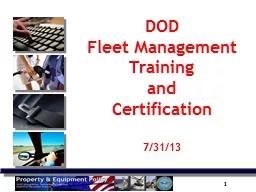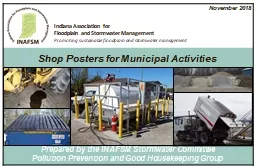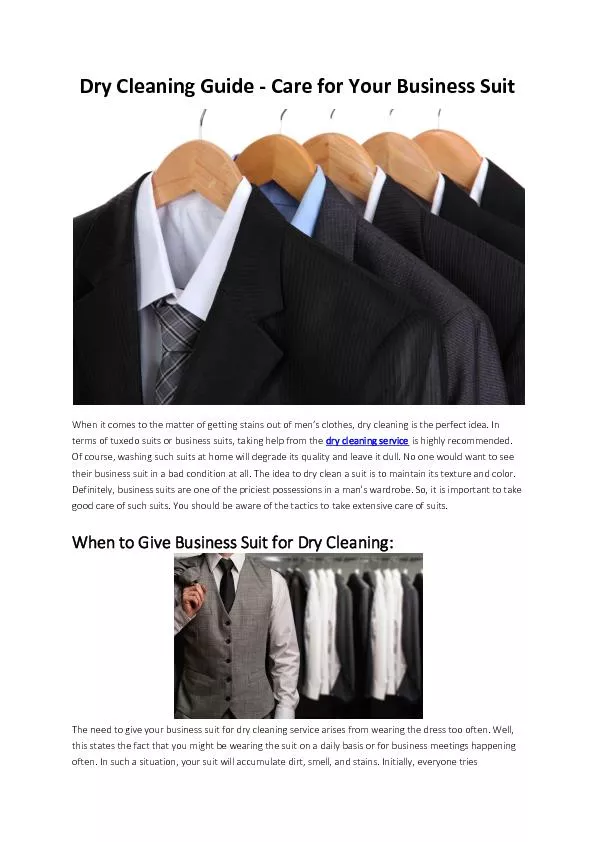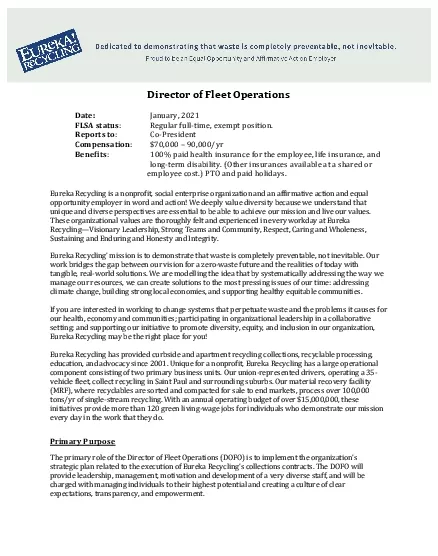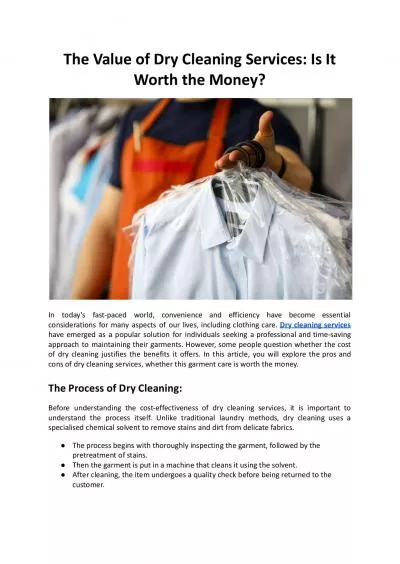PPT-FLEET MAINTENANCE Vehicle & Equipment Maintenance/Cleaning
Author : phoebe-click | Published Date : 2019-11-09
FLEET MAINTENANCE Vehicle amp Equipment MaintenanceCleaning Perform maintenance amp cleaning in designated areas Wash waters should enter an oilwater separator sanitary
Presentation Embed Code
Download Presentation
Download Presentation The PPT/PDF document "FLEET MAINTENANCE Vehicle & Equipmen..." is the property of its rightful owner. Permission is granted to download and print the materials on this website for personal, non-commercial use only, and to display it on your personal computer provided you do not modify the materials and that you retain all copyright notices contained in the materials. By downloading content from our website, you accept the terms of this agreement.
FLEET MAINTENANCE Vehicle & Equipment Maintenance/Cleaning: Transcript
Download Rules Of Document
"FLEET MAINTENANCE Vehicle & Equipment Maintenance/Cleaning"The content belongs to its owner. You may download and print it for personal use, without modification, and keep all copyright notices. By downloading, you agree to these terms.
Related Documents

